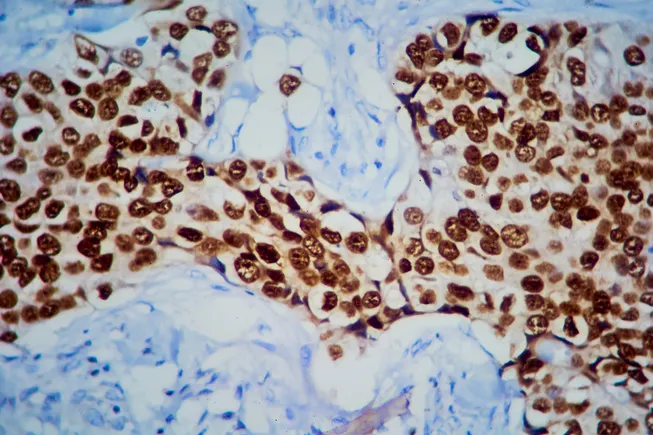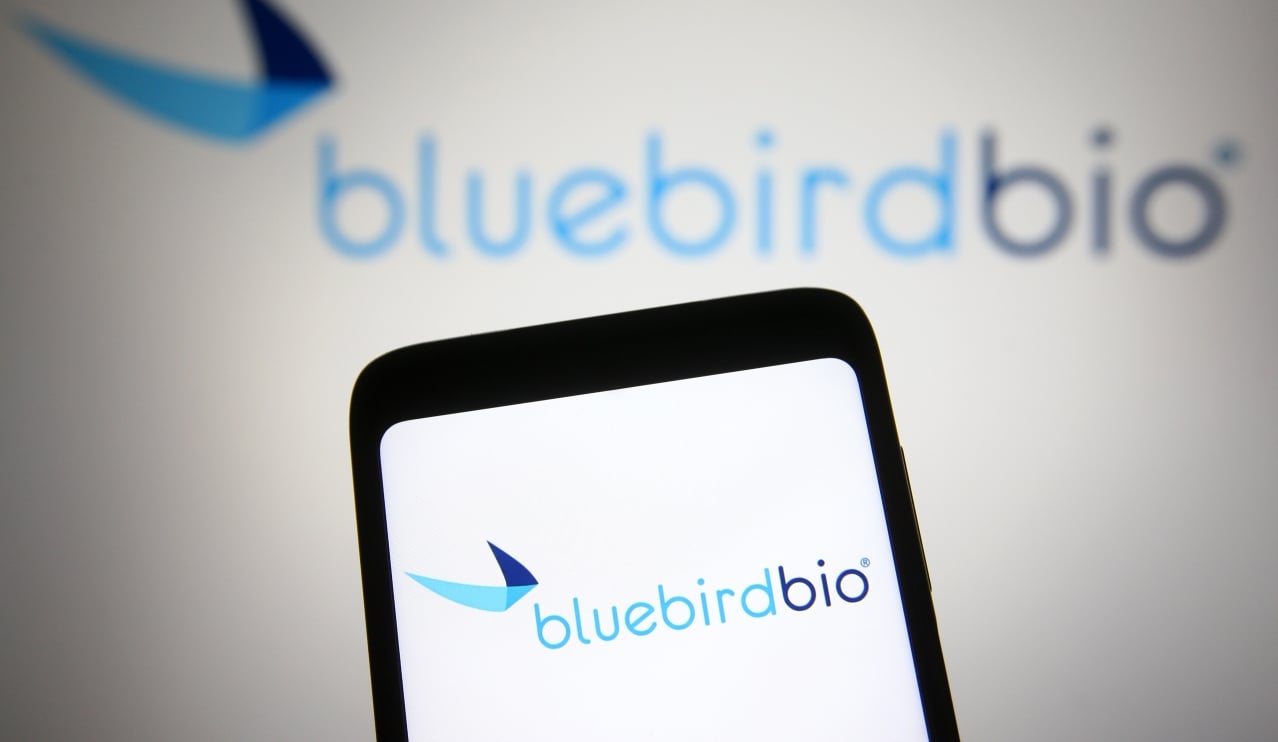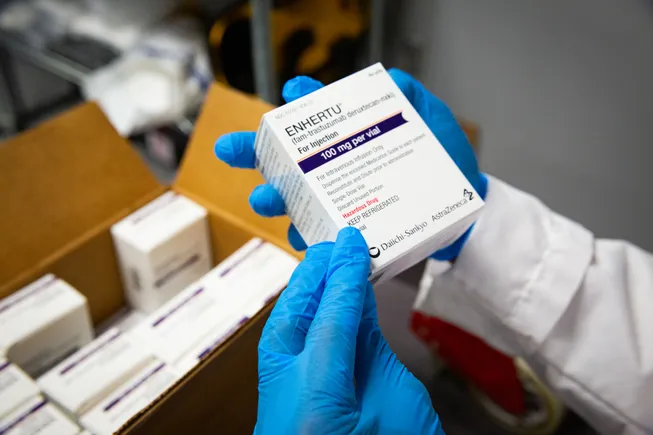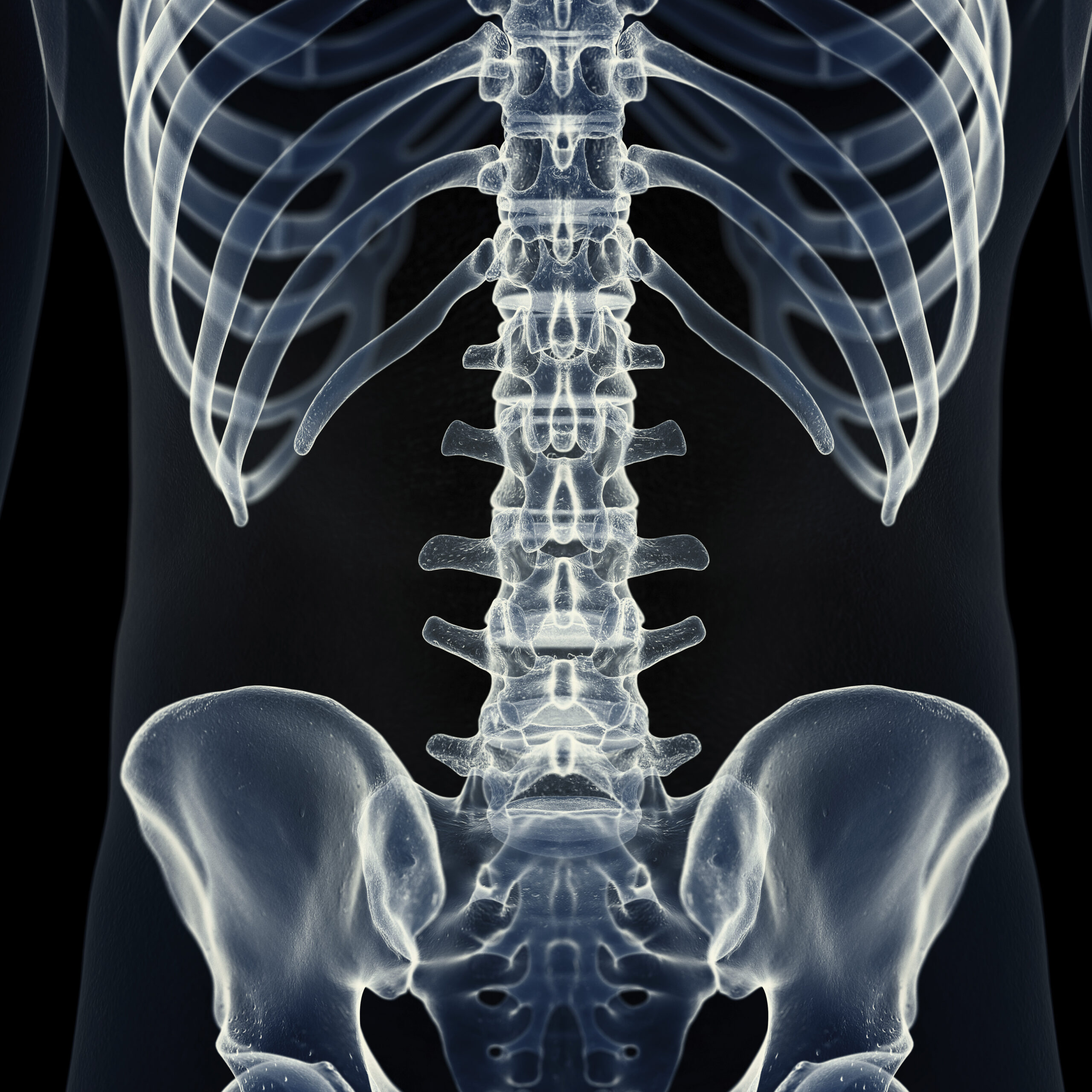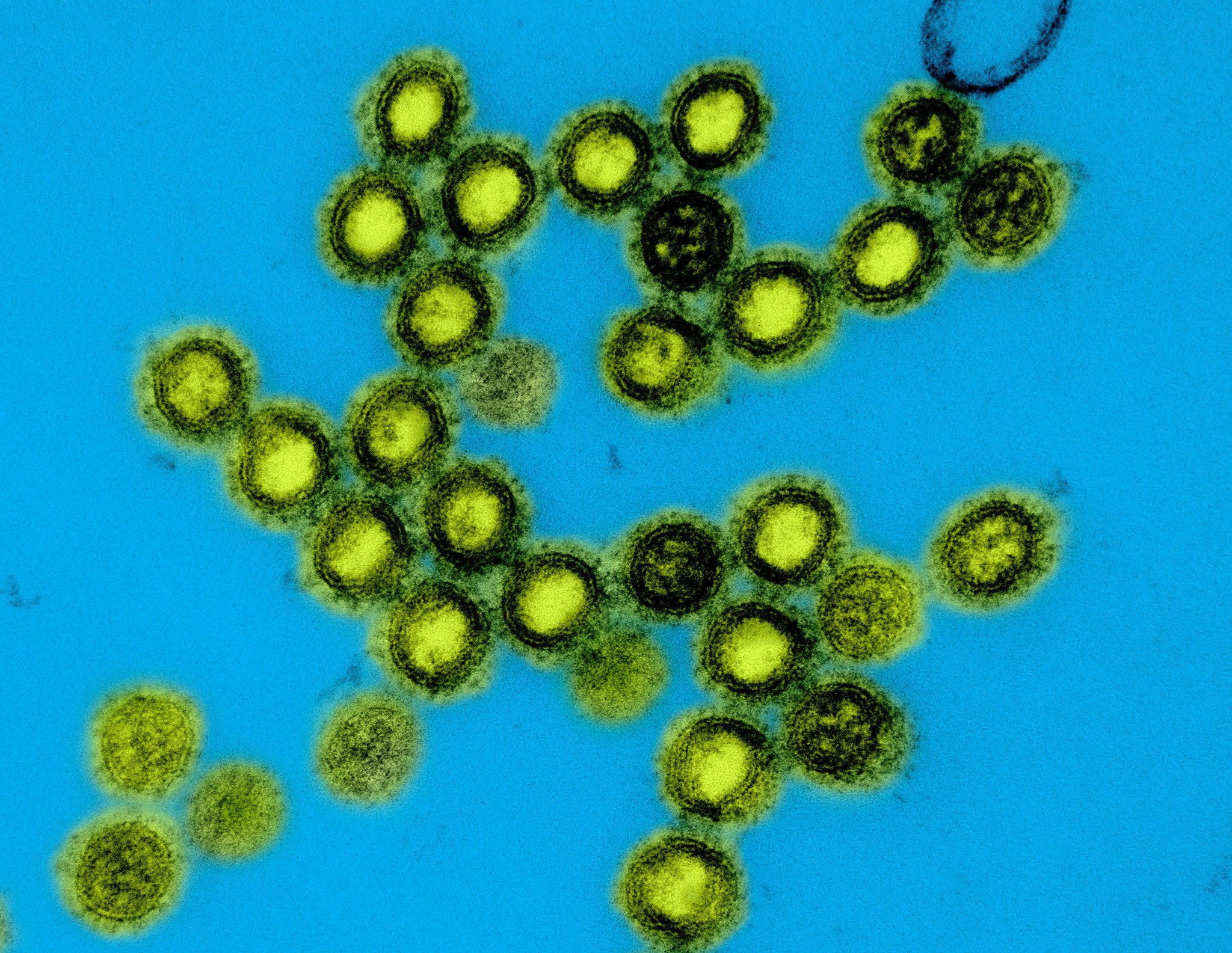The Real Error Is Human: AI Can’t Cure Carelessness
Some lawyers simply don't read the documents prepared for them -- whether by AI or another person -- before filing them with the court. The post The Real Error Is Human: AI Can’t Cure Carelessness appeared first on Above the Law.


How many fake cases does it take before we stop blaming the tool and start blaming the lawyer? It seems as if not a day goes by without another false case citation making headlines. In courtrooms across the world, judges are grappling with a deluge of error-ridden filings. Lawyers in firms big and small are making these mistakes, resulting in harshly worded judicial orders, stern reprimands, and even sanctions.
Some claim it’s a technology problem, asserting that generative artificial intelligence (AI) tools are providing errors, resulting in false case citations. While it’s true that generative AI is prone to including incorrect output, that’s not the reason the fake cases end up in court filings. Instead, the fault lies with legal practitioners.
This technology is revealing the ugly underbelly of legal practice: Lawyers have been overwhelmed by client and billable hour demands for many years, and, as a result, have taken shortcuts resulting in carelessly prepared work product. Before the advent of AI, judges gave attorneys the benefit of the doubt, assuming that they’d misread the case or failed to check a case citation, resulting in misspellings or transposed digits.
But when faced with fictional case names, citations, and quotes, the conclusion is inescapable: some lawyers simply don’t read the documents prepared for them — whether by AI or another person — before filing them with the court. This irrefutable and unacceptable situation is leading many judges to be justifiably upset.
You need look no further than the standing order issued earlier this month by United States Magistrate Judge for the Northern District of Texas, Dallas Division David L. Horan. At the outset, Horan made it clear that the order was directed at both attorneys and pro se litigants, both of whom “are beginning to make the jump from … (legal research) databases into the world of Artificial Intelligence.”
He explained that the court did not oppose the use of AI to draft filings, and instead acknowledged that when “done right, AI can be incredibly beneficial for attorneys and the public.”
However, generative AI output combined with carelessness is significantly hampering the administration of justice: “While one party can create a fake legal brief at the click of a button, the opposing party and court must parse through the case names, citations, and points of law to determine which parts, if any, are true. As AI continues to proliferate, this creation-response imbalance places significant strain on the judicial system.”
The judge was clear: careless practitioners are the problem, not the technology. While AI can provide false output, the burden is on the litigant to review the document for accuracy: “(A)n attorney [or pro se party] who submits fake cases clearly has not read those nonexistent cases … It is one thing to use AI to assist with initial research … It is an entirely different thing, however, to rely on the output of a generative AI program without verifying the current treatment or validity — or, indeed, the very existence — of the case presented.”
In other words, due diligence is required before filing a submission with the court. This includes reading and verifying the content and all cases referenced therein. Horan explained that doing so is the bare minimum: “Confirming a case is good law is a basic, routine matter and something to be expected from a practicing attorney.”
That’s why verifications are required on all documents filed with the court: “By presenting to the court a pleading, written motion, or other paper — whether by signing, filing, submitting, or later advocating it — an attorney or unrepresented party certifies that to the best of the person’s knowledge, information, and belief, formed after an inquiry reasonable under the circumstances … the claims, defenses, and other legal contentions are warranted by existing law.”
When litigants submit filings that are rife with errors and non-existent caselaw, the blame lies with them, not the technology. That failing is inexcusable and leads to a waste of court resources: “That the AI-generated excerpts appeared valid to an attorney or pro se participant does not relieve him of his duty to conduct a reasonable inquiry into the law … An attempt to persuade a court or oppose an adversary by relying on fake opinions is an abuse of the adversary system.”
Put simply, the solution to false citations isn’t better technology; it’s better lawyering. Generative AI is a great resource, but it can’t replace professional judgment or due diligence. As courts grow less tolerant of these missteps, the message is clear: You can’t outsource responsibility. If you sign it, you own it.
Or, as Judge Horan aptly concluded: “The use of artificial intelligence must be accompanied by the application of actual intelligence in its execution.”
Nicole Black is a Rochester, New York attorney and Principal Legal Insight Strategist at AffiniPay, parent company of MyCase, LawPay, CASEpeer, and Docketwise. She’s been blogging since 2005, has written a weekly column for the Daily Record since 2007, is the author of Cloud Computing for Lawyers, co-authors Social Media for Lawyers: the Next Frontier, and co-authors Criminal Law in New York. She’s easily distracted by the potential of bright and shiny tech gadgets, along with good food and wine. You can follow her on Twitter at @nikiblack and she can be reached at niki.black@mycase.com.
The post The Real Error Is Human: AI Can’t Cure Carelessness appeared first on Above the Law.























































